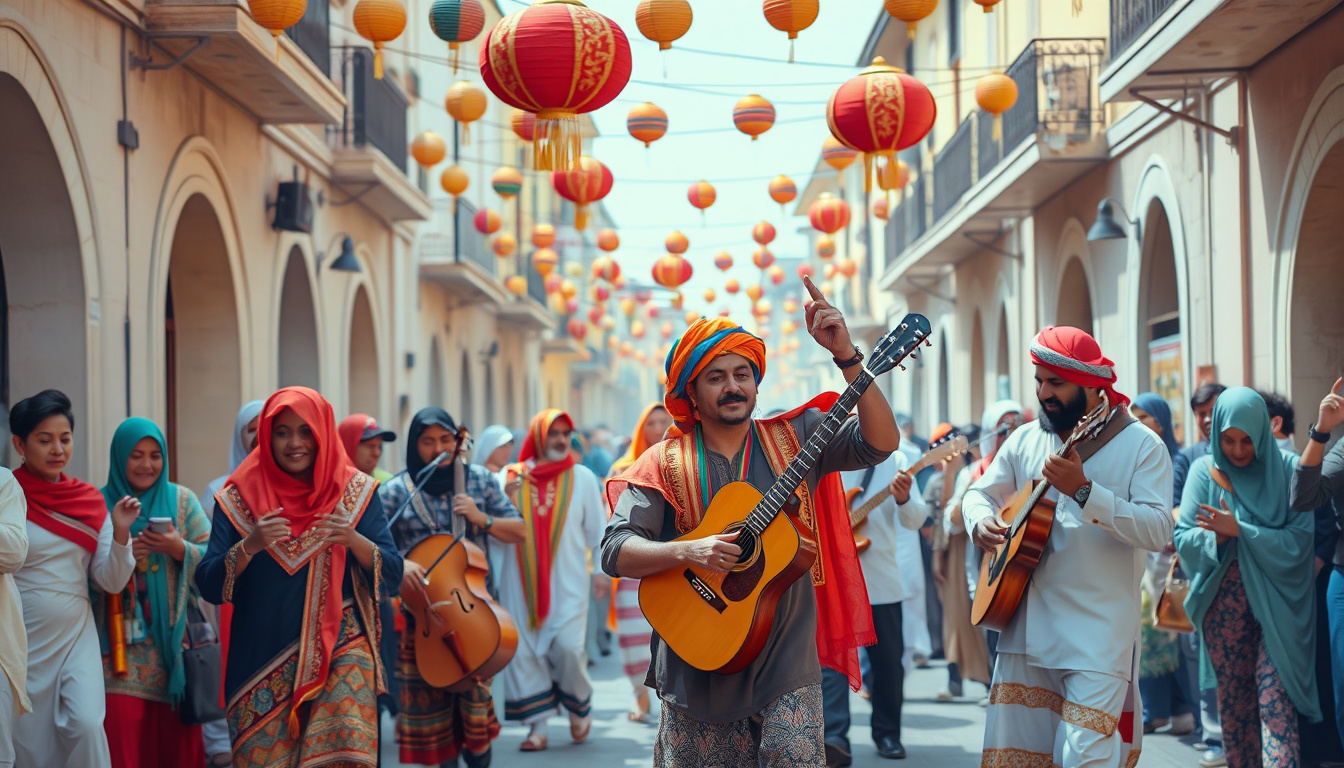## Introduction to Shaabi Music: A Celebration of Egyptian Culture and Rhythm
When you think of Egypt, images of the majestic Pyramids, the serene Nile, or bustling marketplaces immediately come to mind.
However, one of the most electrifying aspects of Egyptian culture is its vibrant music scene, with Shaabi music at the forefront.
Shaabi music, which translates to ‘popular’ in Arabic, embodies the spirit of the people and is a celebration of everyday life in urban Egypt.
This genre brings a blend of traditional sounds and modern beats, captivating both locals and tourists alike.
In this article, we will dive deep into the roots and origins of Shaabi music, explore its unique characteristics, discuss its pivotal role in Egyptian society, highlight some of its famous artists, and consider its global influence and future.
Whether you’re a traveler looking to immerse yourself in Egyptian culture or an expat eager to connect with the local vibe, understanding Shaabi music is crucial for a complete experience in this fascinating country.

 November 2025
November 2025

